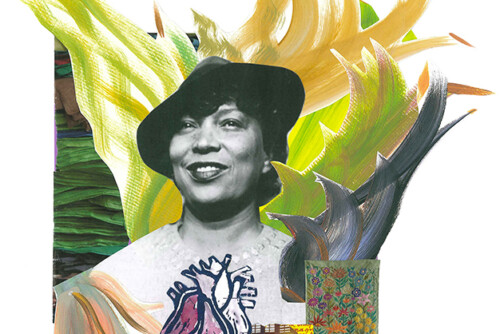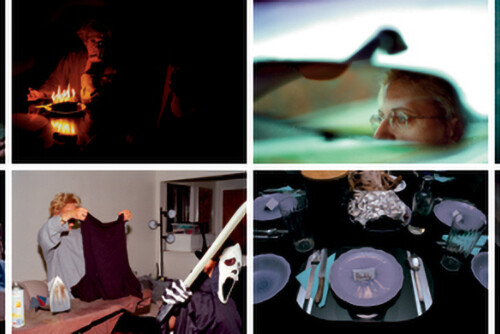April 2003
“How will these pictures be used?” I asked in Fall 2001/Winter 2002 when I first wrote and rewrote this paper and when I delivered a shorter version at “The Scholar and the Feminist” conference on “Public Sentiments.” Now, in Spring 2003, after one “war” and in the midst of another, we look back at images of September 11 from a radically different vantage point. Yes, the ethics of representation – what is and is not appropriate to show to a community in mourning – is still at the forefront of public discussion, this time of journalistic coverage of the “war” in Iraq. Should dead bodies, American or Iraqi, be shown in newspapers or on television? Should prisoners of war be photographed? As commentators debate these questions and analyze the media war, even as it is happening, even as “embedded” journalists themselves become “casualties,” and as images of explosions over Baghdad stand alongside those of the smoking twin towers, it is clear to me that the questions about the ethics of representations have indeed always already been questions about its politics.
On September 11, 2002, I walked through New York to take more photographs, this time of numerous ceremonies of commemoration. The World Trade Center site had been totally cleaned up, the gap it left in the landscape quickly covered over by intense and creative discussions of urban planning, memorialization, reconstruction. Memorial events, massively televised live and replayed throughout the day, were strictly ritualized and contained. On Union Square, the site of massive impromptu vigils the previous year, passersby were invited to write their thoughts on bulletin boards put up by the park service: these boards were quickly collected for archiving and eventual display. Even the cultural events organized by various well-meaning New York institutions felt controlled, planned, circumscribed. The only picture from that day that continues to move me is of the signs at a rally in Union Square that read: “OUR GRIEF IS NOT A CRY FOR WAR.”
That day, a friend complained that it was disrespectful to the families of the dead to mix mourning with anti-war activism. And yet, it has become clear, mourning has in itself become the alibi for an illegal invasion. And the photos of September 11, some traveling around the world in exhibitions sponsored by the State department, have become effective tools for an elaborate US propaganda machine. These exhibitions demonstrate the easy appropriability of photographic images.
Now, in the midst of the US invasion of Iraq, we can think back on Giuliani’s ban on photography as only the first of many acts of control and containment that use ethical concerns to disguise political motivations. Still photographs, strictly delimited by their frame and their two-dimensionality, can reveal other limits to which, at the moment, we are subject, limits that serve an official propaganda machine. What should or should not be shown is nothing more than what should or should not be seen or known by the public – on one side of the conflict as well as the other. Even as we watch the smoking skies of Baghdad, those who want to justify this invasion, want us to think of the burning towers which, at this point are being reframed as our screen memories. For me the challenge now is how to remember the grief and honor those who died and who have suffered immeasurable loss, while, at the same time, vigorously questioning the limits of what we are allowed to see and to know.
Works Cited
Barthes, Roland. Camera Lucida: Reflections on Photography, trans. Richard Howard. New York: Hill and Wang, 1981.
Bennett, Jill. “The Aesthetics of Sense-Memory: Theorising Trauma Through the Visual Arts,” Trauma und Erinnerung/Trauma and Memory: Crosscultural Perspectives, ed. Franz Kaltenbeck and Peter Weibel. Vienna: Passagen Verlag, 2000.
Kirshenblatt-Gimblett, Barbara. “Kodak Moments, Flashbulb Memories.” Paper delivered at the Council for American Jewish Museums, Cincinnati, Ohio, Jan. 26-30, 2002. http://www.sas.upenn.edu/folklore/bkg/bkgimages.html
Miller, Nancy K. “Reporting the Disaster,” in. Judith Greenberg, ed. Trauma at Home: After 9/11. Licoln: University of Nebraska Press, 2003.
Zelizer, Barbie. Remembering to Forget: Holocaust Memory through the Camera’s Lens. Chicago: University of Chicago Press, 1998.



